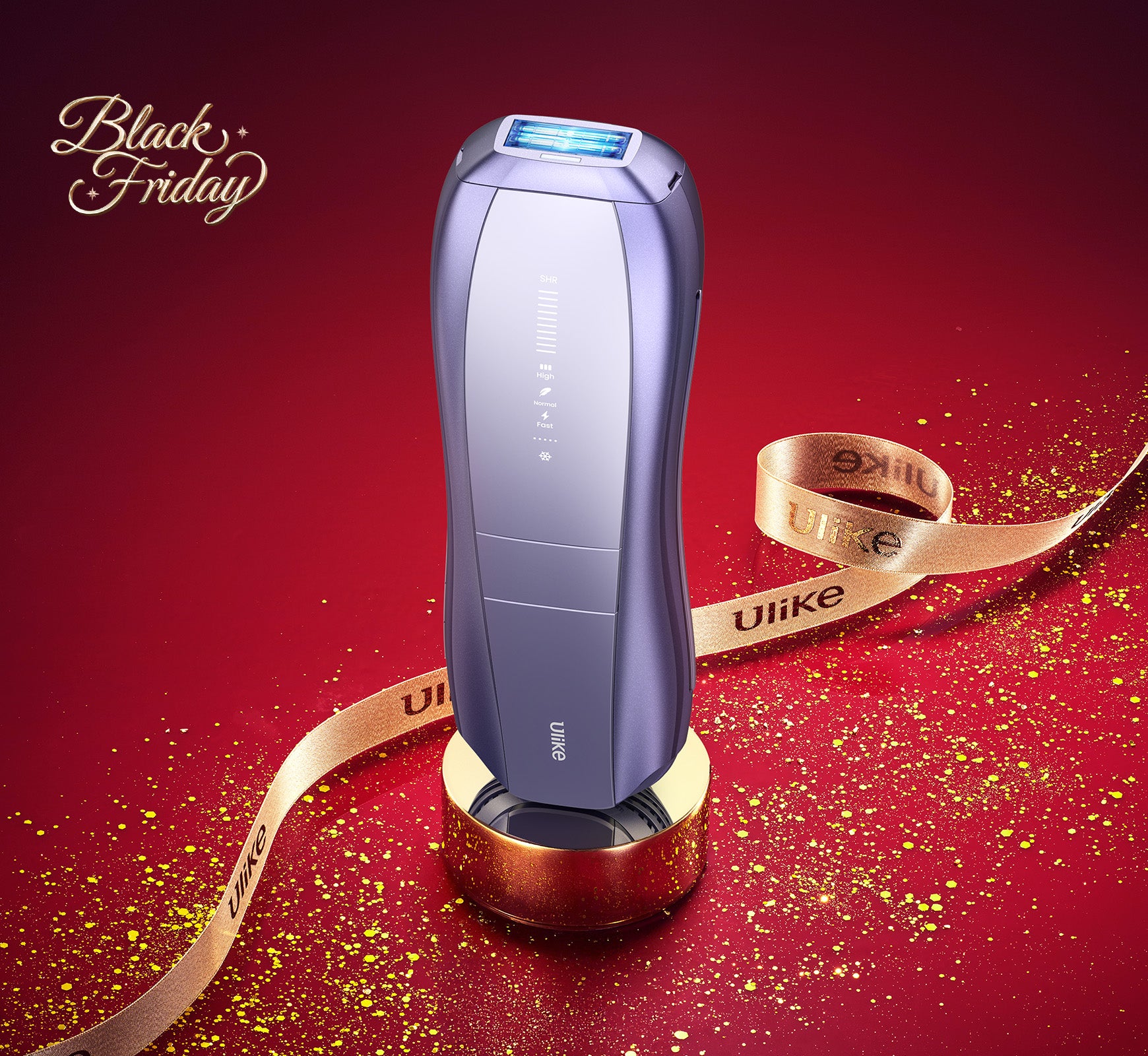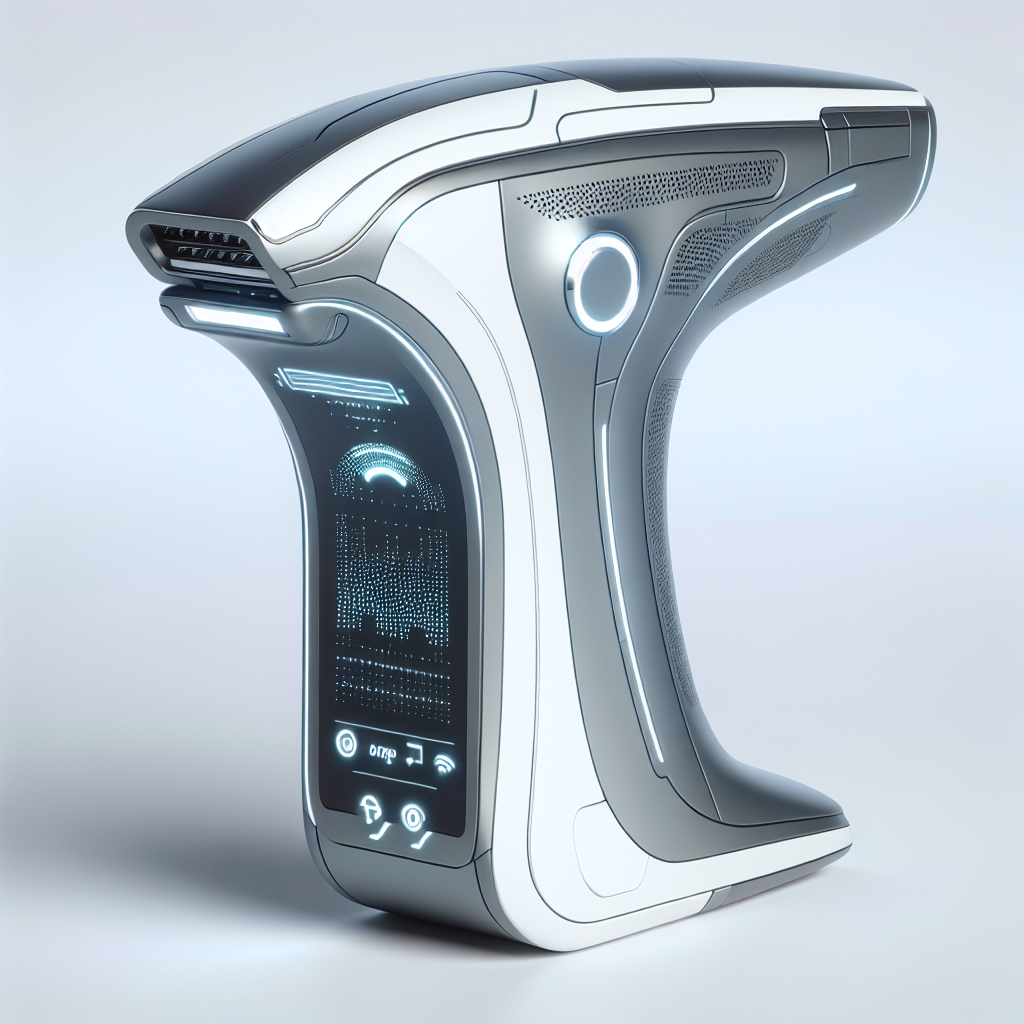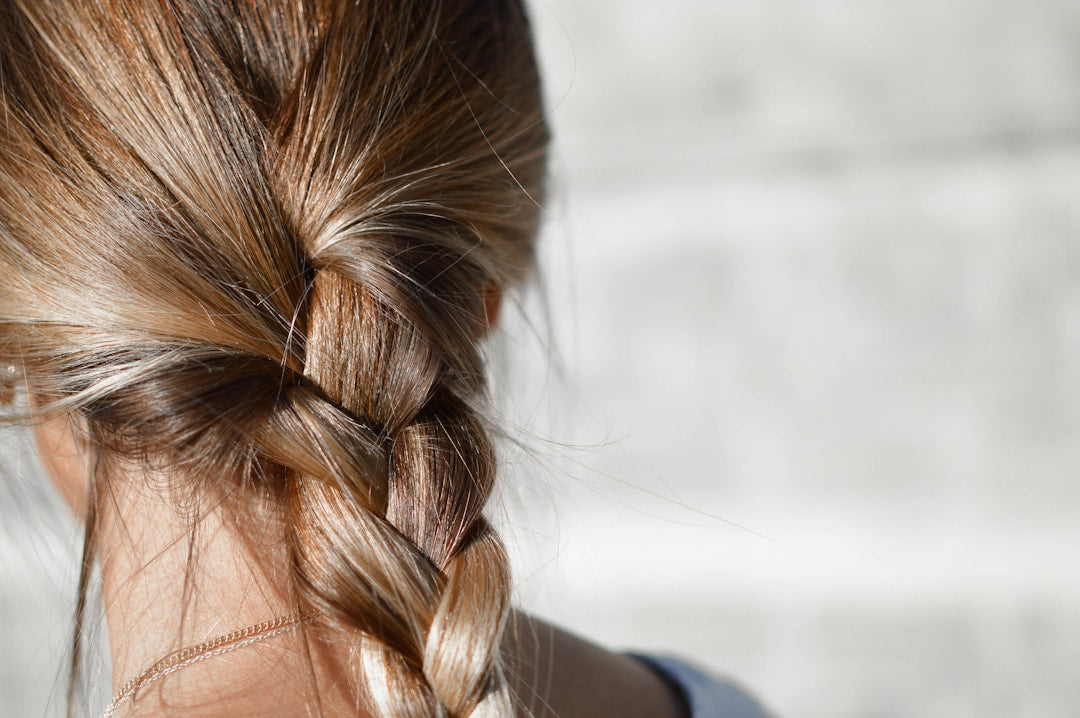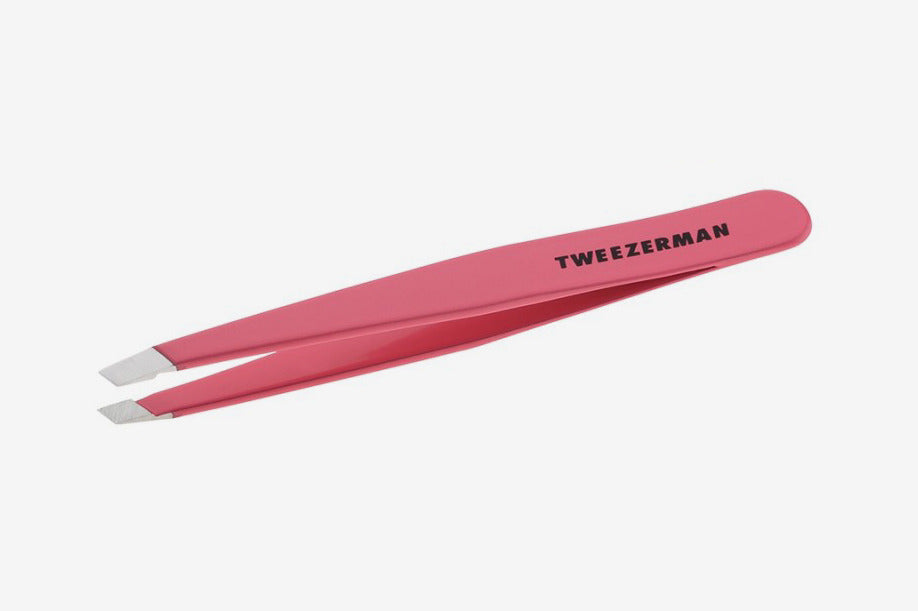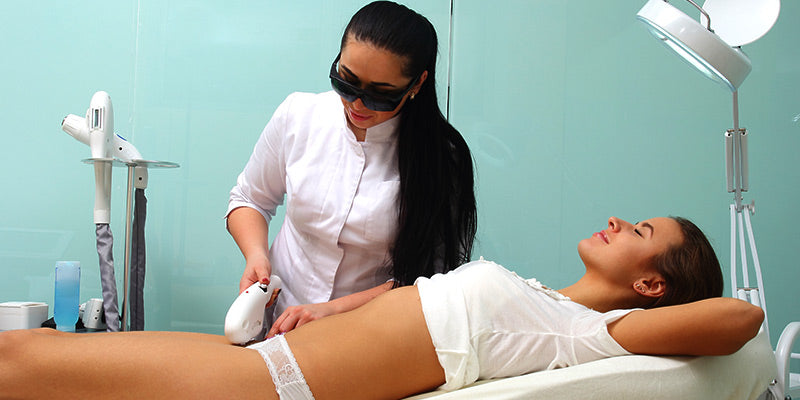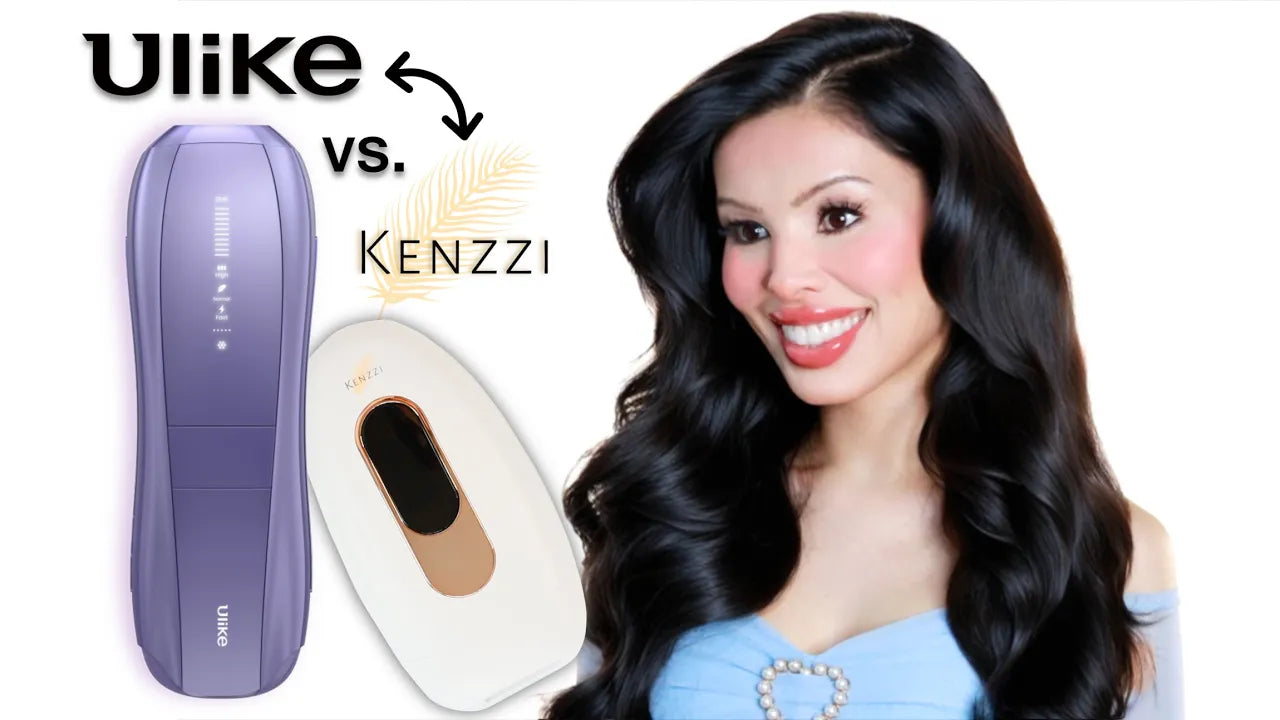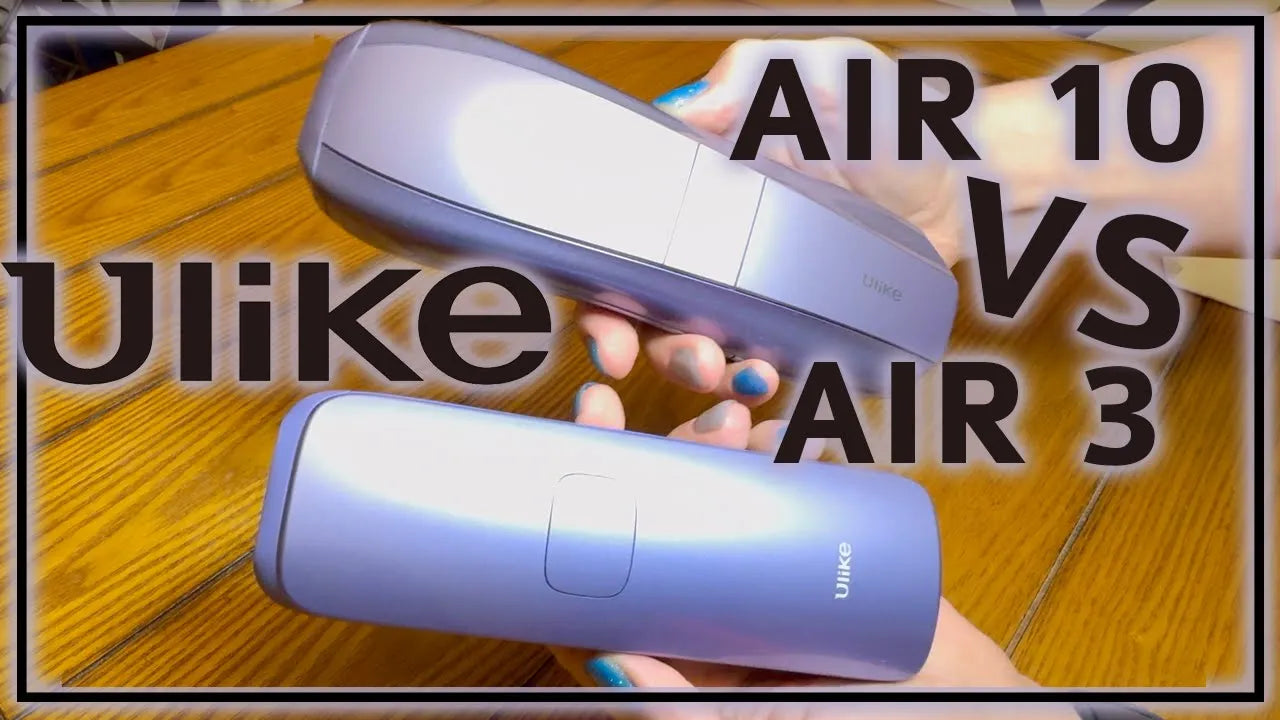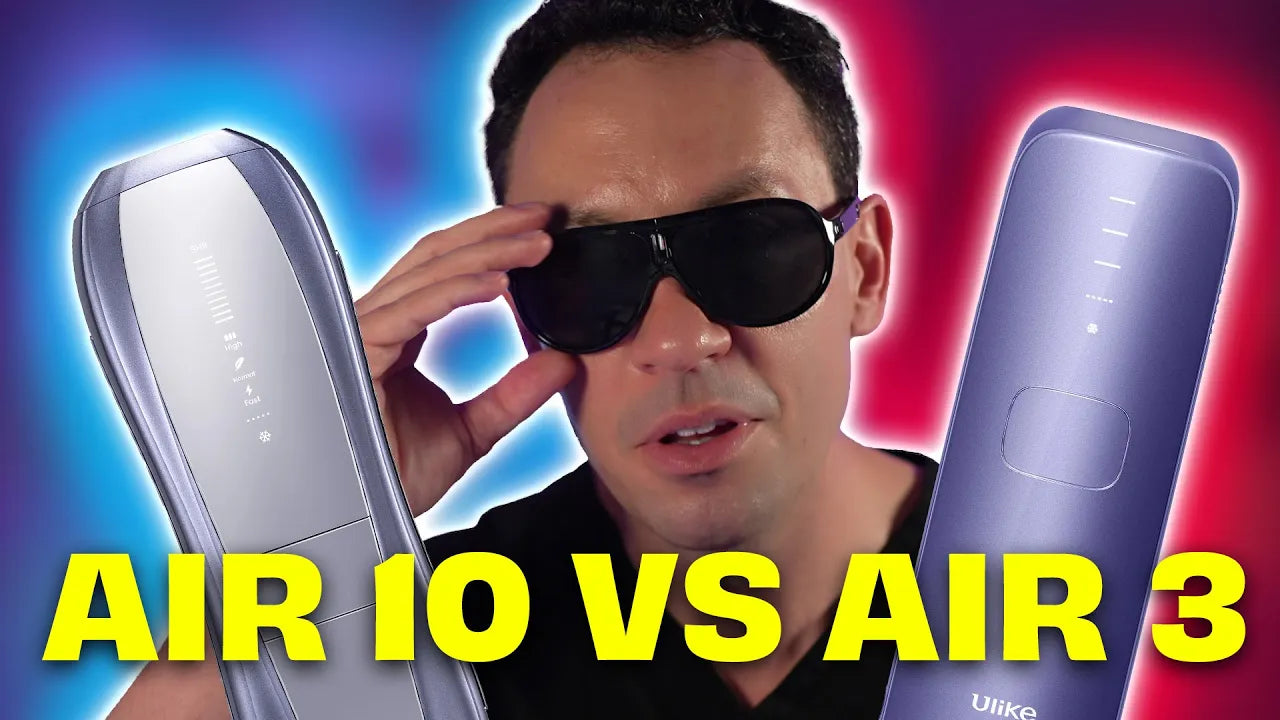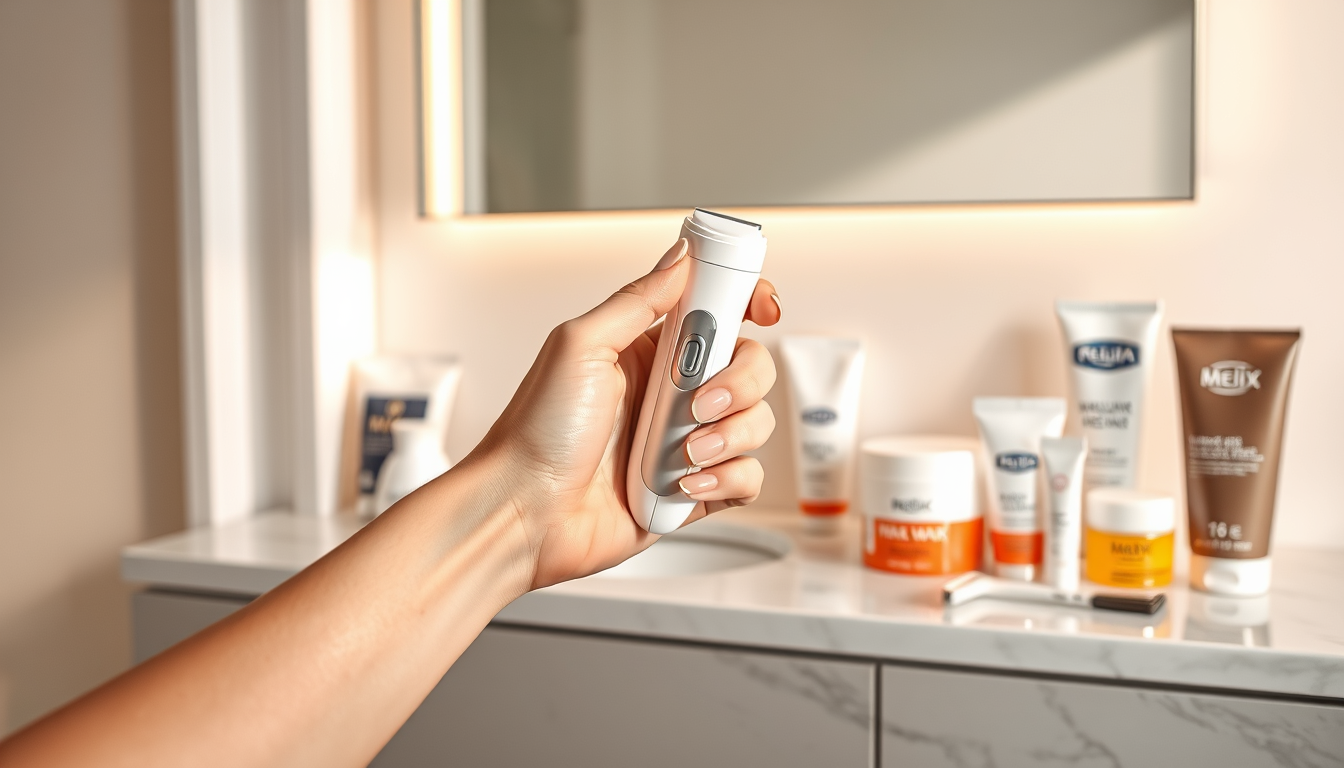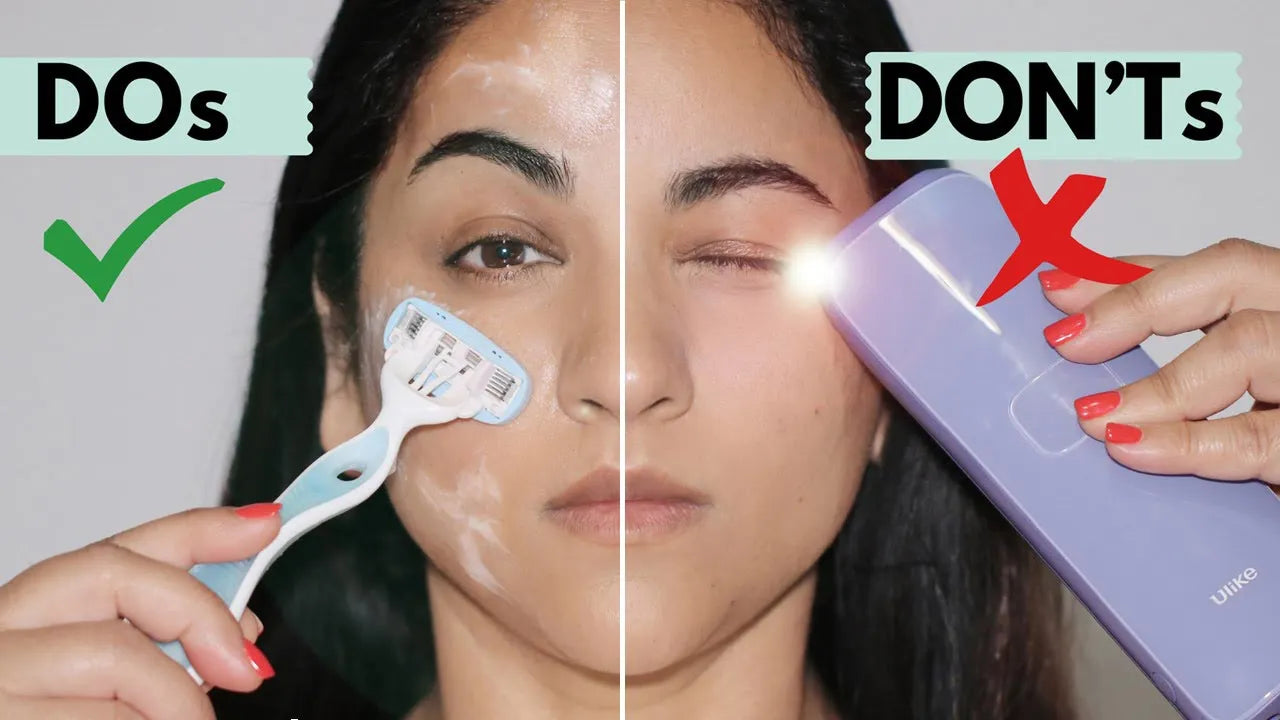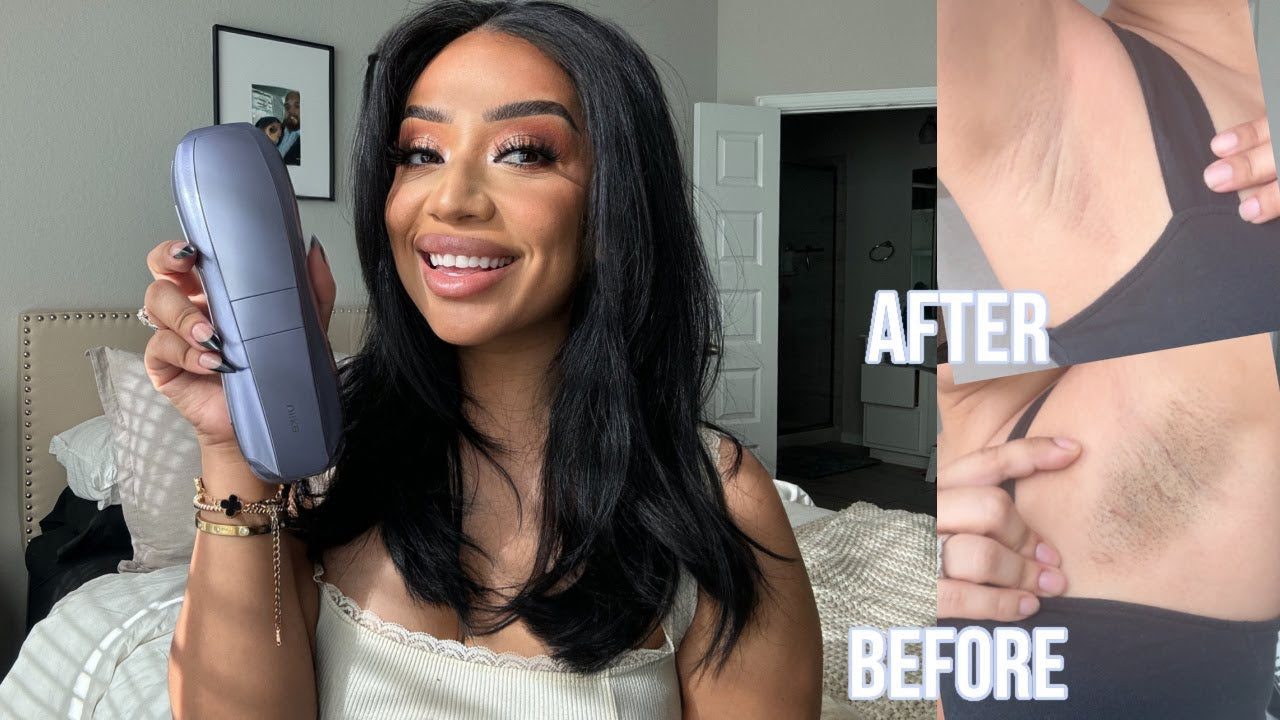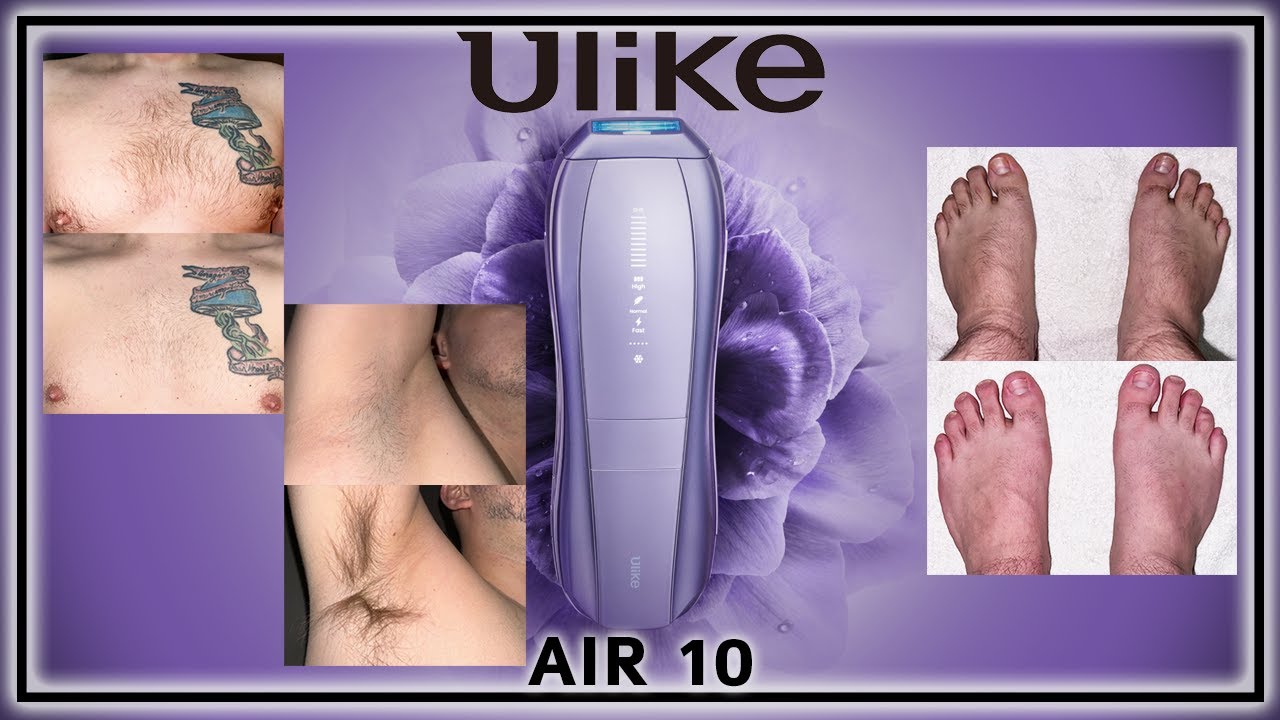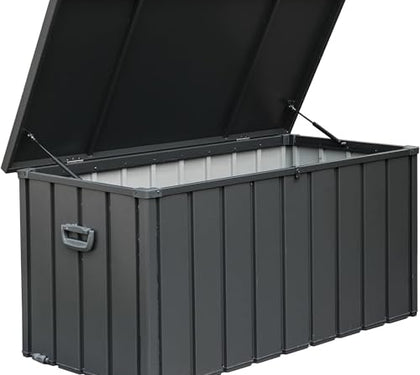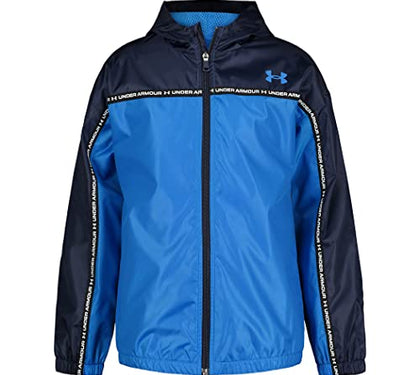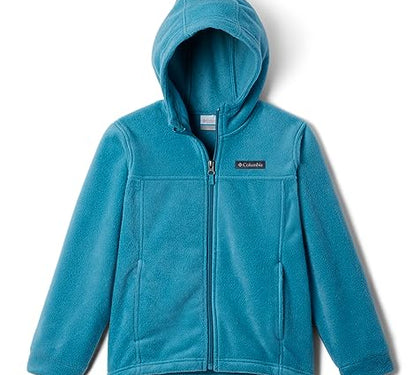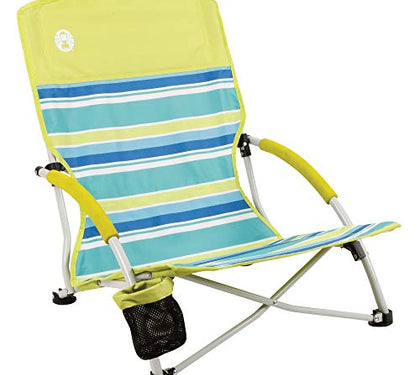Introduction to Laser Hair Removal
Laser hair removaltraditional hair removal techniques
How It Works
-
Light Absorption
- The laser emits a specific wavelength of light that is absorbed by the pigment (melanin) in the hair.
-
Heat Generation
- As the light is absorbed, it converts to heat, which damages the hair follicle.
-
Inhibition of Hair Growth
- The damage to the follicle stunts or delays future hair growth, offering long-term results.
Types of Lasers Used
-
Alexandrite Laser
- Effective for people with light to olive skin tones.
-
Diode Laser
- Suitable for a wide range of skin types and offers deeper penetration.
-
Nd:YAG Laser
- Optimal for darker skin tones due to its longer wavelength.
-
Ruby Laser
- Best for lighter skin and fine hair but used less frequently due to newer technologies.
Benefits
-
Precision
- Targets dark, coarse hairs while leaving surrounding skin undamaged.
-
Speed
- Each pulse of the laser takes a fraction of a second and can treat multiple hairs simultaneously.
-
Predictability
- Many patients experience permanent hair loss after an average of three to seven sessions.
Areas Typically Treated
-
Face
- Includes the upper lip, chin, and sideburns.
-
Legs
- Both upper and lower leg areas for smooth results.
-
Arms
- For those looking to remove hair from forearms or upper arms.
-
Underarms
- A common area due to ease and effectiveness.
-
Back
- Generally, a male-targeted treatment area.
-
Bikini Line/Brazilian
- Involves the removal of hair in the pubic region.
Preparation
-
Avoid Sun Exposure
- Limit sun exposure to reduce the risk of complications and ensure effective treatment.
-
Shaving
- Shave the treatment area 24-48 hours before the session to ensure the laser targets the follicles effectively.
-
No Plucking or Waxing
- Avoid these methods before treatment as they remove the hair root, which the laser targets.
Possible Side Effects
-
Redness and Swelling
- Mild and temporary swelling or redness in the treated area.
-
Pigment Changes
- Slight changes in skin color, typically temporary.
-
Discomfort
- Slight discomfort resembling a sunburn, which can be alleviated with cooling methods.
Understanding the basics of laser hair removal helps in making an informed decision and sets realistic expectations about the procedure's effectiveness and safety.
The Role of Cooling Systems in Laser Hair Removal
Cooling systemslaser hair removal treatments
Key Functions of Cooling Systems
-
Temperature Regulation: Cooling systems help maintain a consistent skin temperature during the procedure, preventing overheating and ensuring the laser's heat is manageable for the skin's surface.
-
Pain Reduction: The sensation of intense heat can be painful. Cooling systems numb the skin to some extent, thus reducing the pain and allowing patients to tolerate longer sessions if required.
-
Protection Against Burns: By dissipating heat, cooling systems minimize the risk of burns, which can result from prolonged exposure to laser energy without adequate cooling.
-
Enhanced Laser Efficiency: Proper cooling can optimize the laser's effectiveness, allowing it to focus more on the targeted hair follicles without the need for pauses or adjustments.
Types of Cooling Systems
Several cooling methodologiesunique benefits
-
Contact Cooling: A sapphire or metal tip makes direct contact with the skin, conducting heat away from the surface while the laser operates. This method is particularly favored for its immediate cooling effect.
-
Cryogen Spray Cooling: Short bursts of cryogen are sprayed onto the skin just before the laser pulse, creating a cooling layer that lasts long enough to protect the skin during the treatment.
-
Air Cooling: A stream of cold air is directed onto the treatment area, continuously cooling the skin throughout the session. It is effective for covering large areas efficiently.
Advancements in Cooling Technologies
Innovations in cooling technology have significantly improved patient experiences. Modern systems now offer:
-
Integrated Sensors: These sensors monitor skin temperature in real-time, adjusting the cooling intensity dynamically to provide optimal results.
-
Programmable Settings: Systems can be customized based on individual patient needs, ensuring that the right amount of cooling is applied for different skin types and treatment areas.
Impacts on Patient Experience
The use of cooling systems has revolutionized laser hair removal by:
-
Increasing Patient Comfort: With reduced pain and discomfort, patients are more likely to complete their treatment cycles and return for maintenance sessions.
-
Reducing Recovery Time: Patients experience fewer side effects, such as redness or swelling, allowing them to resume normal activities shortly after the procedure.
-
Improving Safety: The likelihood of complications is minimized, making laser hair removal a safer option for a broader range of skin types and tones.
Types of Cooling Techniques Used in Laser Hair Removal
Effective cooling techniques are crucial for ensuring patients' comfort during laser hair removal. These methods help to mitigate the heat generated by the laser and protect the skin from damage. Several cooling techniques are utilized in laser hair removal treatments, each with its unique advantages:
Contact Cooling
Contact coolingdirect contact
- Sapphire Tips: Utilizes a sapphire window that is cold to the touch. It provides continuous cooling before, during, and after the laser pulse.
- Metal Plates: Incorporates metal plates that are pre-cooled and placed on the skin, ensuring a soothing effect.
Cryogen Spray Cooling
Cryogen spraycryogen
- Quick Application: It cools the skin rapidly for immediate relief.
- Controlled Cooling: The amount and duration of the cryogen spray can be adjusted to suit different skin types.
Air Cooling
Air cooling systems blow chilled air onto the treatment area, offering non-contact cooling. The main components include:
- Continuous Air Flow: Provides a steady stream of cold air before, during, and after the laser pulse.
- Adjustable Temperature: Allows the practitioner to control the level of cooling to enhance patient comfort.
Ice Packs
Although less common, ice packs are sometimes used for simple and cost-effective cooling. They involve:
- Pre-Treatment Cooling: Applying ice packs to the skin before using the laser.
- Post-Treatment Relief: Offering immediate cooling post-treatment.
Hydrogel
Hydrogel cooling techniques use specially formulated gels. Features include:
- Soothing Gel: Applied to the skin to provide a cooling effect.
- Enhanced Comfort: Helps in reducing inflammation and redness.
Each of these cooling techniques enhances the patient's laser hair removal experience by providing varying levels of relief and skin protection.
The Science Behind Cooling and Skin Protection
Laser hair removal treatmentsconcentrated light beams
-
Heat Generation and Dissipation:
- Lasers emit light absorbed by melanin in hair follicles, converting light energy into heat.
- This heat effectively destroys the hair follicle, hindering future hair growth.
- However, surrounding skin can also absorb this heat, leading to potential burns, redness, and pain.
-
Types of Cooling Systems:
- Technologies vary, but common methods include:
- Contact Cooling: Uses chilled sapphire or other cold applicators in direct contact with the skin.
- Cryogen Spray Cooling: Sprays a cooling agent on the skin milliseconds before the laser pulse.
- Air Cooling: Blows cold air onto the treatment area continuously.
- Technologies vary, but common methods include:
-
Physiological Benefits:
- Cooling systems are essential for maintaining a safe skin temperature during laser treatments.
- They help prevent thermal injury by ensuring only the target areas absorb the heat.
- Cooling provides a numbing effect, reducing discomfort and making treatments more tolerable.
-
Protective Mechanisms:
- Preventing Epidermal Damage: The outer skin layer, or epidermis, benefits from cooling as it prevents burns.
- Reduced Inflammation: Coolants minimize inflammatory responses, resulting in quicker recovery post-treatment.
- Enhanced Patient Comfort: Lowered sensation of heat translates to a calm treatment experience.
-
Scientific Research:
- Numerous studies indicate cooling mechanisms dramatically reduce the risk of adverse effects.
- Research shows that patients report less pain and greater satisfaction with effective cooling systems.
By incorporating these advanced cooling techniques, laser hair removal becomes not only safer but also more pleasant, ensuring that both efficacy and comfort are optimized during each session.
Enhancing Patient Comfort with Cooling Mechanisms
In laser hair removal, patient comfort is paramount. Effective cooling mechanisms play a crucial role in ensuring a comfortable experience. These cooling technologies help to counteract the heat generated by laser devices, preventing discomfort and potential skin damage.
Types of Cooling Mechanisms
-
Cryogen Spray:
- A short burst of cryogen, a cooling agent, is sprayed on the skin immediately before the laser pulse.
- Quick evaporation of cryogen cools the skin surface effectively.
-
Contact Cooling:
- Uses a chilled tip that maintains direct skin contact during the procedure.
- Provides continuous cooling to the treatment area.
-
Air Cooling:
- Delivers a stream of cold air to the skin surface throughout the treatment.
- Adjustable air flow targets varying cooling needs.
Benefits of Cooling Mechanisms
-
Pain Reduction:
- Decreases the sensation of pain and discomfort.
- Allows for higher laser energy levels, enhancing treatment effectiveness.
-
Skin Protection:
- Prevents overheating and protects against burns.
- Reduces the risk of post-treatment redness and swelling.
-
Improved Tolerance:
- Encourages patient relaxation, making the procedure more tolerable.
- Enhances overall patient satisfaction.
Integrating Cooling Techniques
-
Pre-Treatment:
- Employ cooling gels or ice packs before the laser session to pre-cool the skin.
-
During Treatment:
- Utilize integrated cooling technology in laser devices for seamless cooling.
- Monitor patient comfort and adjust cooling mechanisms as needed.
-
Post-Treatment Care:
- Apply soothing creams and cooling packs to minimize post-procedure discomfort.
- Educate patients on at-home cooling strategies to prolong comfort.
Cooling Mechanism Innovations
Advancementsmechanisms
-
Dynamic Cooling:
- Adapts cooling intensity based on real-time skin temperature feedback.
- Provides precise and consistent cooling tailored to individual patient needs.
-
Enhanced Cryogen Formulas:
- Improved cryogen substances with enhanced cooling efficiency.
- Minimize environmental impact and ensure patient safety.
Investing in state-of-the-art cooling mechanisms demonstrates a commitment to patient well-being and elevates the standard of care in laser hair removal treatments.
Cooling as a Safety Measure in Laser Treatments
Cooling in laser hair removal serves as a critical safety feature, designed to protect the skin from thermal damage. The application of cooling mechanisms helps minimize the risk of adverse effects that can occur from the high-energy beams used during laser treatments. These effects can include burns, blisters, and pigmentation changes. To elaborate, here are some specific ways cooling enhances safety:
Prevention of Overheating
- Thermal Regulation: Cooling methods such as cryogen sprays, contact cooling, or air-cooling devices maintain the skin's temperature at safe levels during the laser procedure.
- Layer Protection: By keeping the skin's surface cool, these systems protect the epidermal layers while allowing the laser to target the hair follicles effectively.
Minimization of Discomfort
- Pain Reduction: Cooling mechanisms also make the procedure tolerable by reducing the sensation of pain. Patients often describe laser hair removal as a series of mild pinpricks; cooling devices help to dull this sensation significantly.
- Patient Compliance: Lower discomfort levels lead to higher patient compliance and satisfaction, which, in turn, results in more successful hair removal sessions.
Mitigation of Side Effects
- Inflammation Reduction: Immediate cooling can diminish the inflammatory response that some patients experience following laser exposure.
- Pigmentation Changes: By stabilizing the skin's temperature, cooling can reduce the likelihood of hypo- or hyperpigmentation, especially in darker skin types that are more susceptible to these changes.
Techniques of Cooling
- Cryogen Spray Cooling: Delivers a quick burst of cooling cryogen gas right before and after the laser pulse.
- Contact Cooling: Involves a cold sapphire tip that remains in contact with the skin during the treatment.
- Air Cooling: Uses chilled air directed at the treatment area to provide consistent cooling throughout the procedure.
"Properly integrated cooling mechanisms can drastically improve both the safety and comfort of laser hair removal treatments."
The integration of these cooling technologies into laser devices demonstrates a commitment to patient safety and quality care. By protecting the skin from potential thermal injuries, cooling systems ensure a safer, more comfortable experience for individuals undergoing laser hair removal.
Comparing Cooling Methods: Pre, During, and Post-Treatment
Cooling methods in laser hair removal treatments can be categorized into three key phases: pre-treatment, during treatment, and post-treatment methods. Each phase utilizes different techniques to ensure maximum comfort and efficacy, reducing the risk of adverse reactions.
Pre-Treatment Cooling Methods
- Topical Anesthetics: Applying a numbing cream like lidocaine to the treatment area 30 to 60 minutes before the procedure can significantly desensitize the skin.
- Ice Packs: Simple and effective, ice packs can be applied for 15 to 20 minutes before the session to lower the skin temperature.
- Cold Air Devices: Some clinics use devices that emit cold air onto the skin before the laser treatment begins.
During Treatment Cooling Methods
- Cryogen Spray: A short burst of cryogen (a cooling gas) is sprayed onto the skin just milliseconds before the laser pulse. This method is effective but requires precise timing.
- Contact Cooling: Integrated into laser devices, contact cooling involves a sapphire or glass window that directly cools the skin in contact. This method maintains continuous cooling throughout the treatment.
- Cold Air Devices: Also used during laser application, these devices blow cold air concurrently with the laser pulses, offering immediate skin temperature regulation.
Post-Treatment Cooling Methods
- Cold Compresses: After the treatment, applying a cold compress can help to swiftly reduce any swelling or redness.
- Aloe Vera Gel: Known for its soothing properties, aloe vera gel can be applied to calm the skin and reduce inflammation.
- Hydrocortisone Cream: In some cases, applying a hydrocortisone cream can assist in alleviating itching and mild irritation.
Each of these cooling methods is carefully chosen based on the individual's skin type, the laser technology used, and the specific needs of the treatment area. Properly applied cooling techniques are pivotal in enhancing patient comfort and achieving optimal results.
Potential Side Effects Without Adequate Cooling
Without adequate cooling during laser hair removal treatments, multiple side effects may occur. These side effects can range from mild discomfort to more severe skin damage.
Immediate Discomfort and Pain
- Increased Pain: Insufficient cooling can lead to heightened pain levels. The laser's heat affects the skin more intensely, causing significant discomfort.
- Burning Sensations: Lasers generate heat to target hair follicles. Without cooling, patients may experience acute burning sensations during and after treatment.
Skin Damage
- Burns: One of the most severe side effects is skin burns. Lack of cooling fails to protect the outer layers of the skin, resulting in burns that may require medical attention.
- Redness and Swelling: Patients may notice extensive redness and swelling. These symptoms can last longer due to the absence of effective cooling mechanisms.
Pigmentation Issues
- Hyperpigmentation: The skin can develop darker patches when exposed to laser without proper cooling, resulting in an uneven skin tone.
- Hypopigmentation: Conversely, some patients may experience lighter patches on their skin, creating an irregular appearance.
Blistering and Scabbing
- Blisters: Blisters are another potential side effect. They occur due to the skin’s exposure to high heat levels, leading to fluid accumulation.
- Scabbing: The formation of scabs can also occur, which might take several days or weeks to heal, leading to discomfort and potential scarring.
Long-Term Effects
- Scarring: Insufficient cooling can lead to permanent scarring. This occurs if burns or blisters do not heal properly or if they become infected.
- Hair Density Changes: Paradoxical hair growth increase or localized hair density reduction are possible outcomes when the skin is not properly cooled.
Ensuring adequate cooling during laser hair removal not only enhances comfort but also minimizes these risks, making the treatment safer and more effective for the patient.
Patient Experiences and Testimonials About Cooling in Laser Hair Removal
Patients across various demographics have expressed their positive experiences with cooling techniques during laser hair removal treatments. These testimonials provide insights into the level of comfort and satisfaction cooling solutions bring to the procedure.
-
Reduced Pain and Discomfort:
- A 34-year-old patient shared that prior treatments without cooling were nearly unbearable, but post-treatment with integrated cooling, she felt more at ease, saying, "The cooling device made a significant difference; it was like night and day."
- Another user, a 27-year-old male undergoing back hair removal, remarked, "I could hardly feel the laser. The cooling system allowed me to relax and go through with sessions I previously dreaded."
-
Shorter Recovery Time:
- A long-term user noted the decreased redness and swelling after sessions with cooling, observing, "My skin felt normal faster. Before, I had to wait days for the redness to fade, but now it's less than a day."
-
Enhanced Treatment Efficiency:
- Another testimonial from a 40-year-old patient highlighted improved efficiency, stating, "I was able to complete my treatment plan in fewer sessions. The cooling allowed the practitioner to use higher settings without causing pain, speeding up my progress."
-
Positive Reinforcement:
- Users have often noted returning for subsequent sessions with less anxiety due to the comfort provided by cooling. A patient commented, "I used to cancel appointments because of the pain. Now, I keep up with my schedule because the cooling makes it manageable."
-
First-Timers' Encouragement:
- First-time patients have found the cooling feature to be encouraging. One such patient, a 23-year-old, mentioned, "I was nervous about the pain, but the cooling device made it much more comfortable than I ever imagined."
"The integration of cooling technology in laser hair removal has revolutionized my experience. It's a game-changer," stated a 35-year-old who had previously avoided laser treatments due to pain concerns.
In summary, these testimonials underscore the fundamental role of cooling in enhancing patient comfort, reducing pain, and ensuring a more pleasant laser hair removal experience.
Technological Advancements in Cooling Solutions for Laser Treatments
Technological advancements in cooling solutions have significantly enhanced the comfort and safety of laser hair removal treatments. Advanced cooling systems are key to minimizing discomfort during sessions, reducing the risk of skin damage, and improving overall treatment efficacy. Several innovative technologies support these advancements:
-
Contact Cooling
- Uses a sapphire or other specially-designed cold element.
- Directly attached to the laser handpiece.
- Cools the skin before, during, and after laser exposure.
- Provides consistent cooling throughout the treatment process.
-
Cryogen Spray Cooling (CSC)
- Sprays a non-toxic cooling agent onto the skin milliseconds before the laser pulse.
- Rapidly evaporates to cool the skin’s surface.
- Reduces pain and potential thermal injury to the skin.
-
Air Cooling Systems
- Utilizes a stream of cold air directed at the skin.
- Typically generates air temperatures down to -34°C (-30°F).
- Keeps the treatment area cool before, during, and after laser contact.
- Often found to be the least invasive cooling method.
-
Ice Packs and Gel Packs
- Simple yet effective methods.
- Prepares the skin by numbing the treatment area.
- Frequently used in conjunction with other cooling technologies.
- Cost-effective and highly accessible for practitioners.
The integration of these cooling methodologies promotes a more comfortable experience for patients by ensuring temperature control and reducing pain perception. Technological advancements have enhanced these methods' efficiency and reliability, making laser hair removal accessible to a broader demographic with various skin types and sensitivities. The advancements prioritize patient comfort and transformation in the industry's standards for laser treatments.
Professional Insights: Perspectives from Dermatologists and Technicians
Dermatologists and laser technicians emphasize the significance of cooling mechanisms in laser hair removal.
Dermatologists' Perspectives:
- Minimized Pain: Dermatologists point out that cooling systems, such as cryogen sprays and chilled tips, significantly reduce patient discomfort. These methods prevent the laser's heat from overwhelming the skin, making treatments more tolerable.
- Reduced Risk of Burns: Expert dermatologists agree that cooling can lower the chances of burns and other thermal injuries. This is especially critical for patients with darker skin tones, who are more susceptible to laser-induced hyperpigmentation.
- Improved Patient Satisfaction: Many professionals highlight that the addition of cooling elements increases patient adherence to their treatment plans. Less pain and fewer side effects lead to higher satisfaction and better overall outcomes.
Technicians' Perspectives:
- Ease of Procedure: Laser technicians note that integrating cooling systems into their practice simplifies the hair removal process. With patients experiencing less discomfort, technicians can focus more on precision and less on managing pain.
- Versatility: Some technicians mention that advanced cooling systems allow for treating more sensitive areas, such as the bikini line and face, with greater ease. This broadens the scope of their services and enhances their capability to address varied patient needs.
- Efficient Workflow: According to technicians, cooling technology also contributes to a smoother workflow. Reduced incidence of burns or blisters means fewer follow-up treatments focused on side effect management, enabling more efficient scheduling and higher throughput.
Both dermatologists and laser technicians agree that advanced cooling technologies significantly enhance the safety and comfort of laser hair removal. By implementing these systems, medical professionals can deliver better results, lower the risk of complications, and ensure a more pleasant experience for patients.
Future Trends in Cooling Technology for Laser Hair Removal
Emerging trends in cooling technology for laser hair removal focus on enhanced patient comfort and increased treatment efficacy. Manufacturers prioritize innovation to address both current limitations and evolving patient expectations.
Advancements in Cryogen Spray Cooling (CSC)
Cryogen spray cooling (CSC) remains pivotal. Innovations include:
- Automated CSC Systems: Enhanced precision in timing and dosage improves patient comfort.
- Eco-Friendly Cryogens: Development of sustainable, non-toxic alternatives reduces environmental impact without compromising cooling effectiveness.
Contact Cooling Enhancements
Contact cooling
- Sapphire-Enhanced Cooling Tips: New material improvements provide superior heat conductivity.
- Smart Contact Cooling Systems: Integrated sensors offer real-time feedback, ensuring optimal cooling levels tailored to each patient's skin type and pain threshold.
Air-Based Cooling Innovations
Progressair-based cooling systems promises
- Adjustable Air Flow: Patients can anticipate customizable airflow settings, allowing for personalized comfort levels during treatment.
- Ultrasonic Air Cooling: Future devices may utilize ultrasonic technology to deliver more efficient cooling with reduced noise levels.
Integration with Machine Learning and AI
Artificial intelligencemachine learning algorithms
- Predictive Cooling Models: AI can analyze patient data to predict optimal cooling settings, enhancing treatment outcomes.
- Adaptive Cooling Systems: Systems that learn and adapt over time to individual patient responses, ensuring consistent and effective comfort management.
Wearable Cooling Devices
Innovationswearable technology
- Cooling Pads and Apparel: Patients may soon benefit from wearable cooling devices that maintain a comfortable temperature before, during, and after treatments.
- Smart Thermoregulation: Wearables equipped with smart sensors automatically adjust cooling intensity based on real-time skin temperature readings.
Laser hair removal continues its evolution with these cutting-edge cooling technologies, setting new standards for patient care and treatment effectiveness.
DIY vs. Professional Laser Hair Removal: The Importance of Cooling
When considering laser hair removal, one major decision is whether to opt for DIY devices or professional treatments. Cooling technology plays a crucial role in this choice.
DIY Laser Hair Removal
Home-based laser hair removal devices, while convenient, often lack advanced cooling systems. These devices typically use less powerful lasers to ensure safety for non-professional users. The absence of adequate cooling can result in:
- Increased discomfort: Without sufficient cooling, the skin feels the heat from the laser more intensely, resulting in more pain during treatment.
- Risk of burns: Insufficient cooling raises the likelihood of burns or heat damage to the skin.
- Ineffective treatment: To avoid burns, DIY devices may set lower laser intensities, requiring more sessions to achieve desired results.
Professional Laser Hair Removal
Professional laser hair removaladvanced cooling systems
- Enhanced comfort: Professional systems often use built-in, contact cooling devices or air-cooling mechanisms to numb the skin, significantly reducing pain.
- Safety assurance: State-of-the-art cooling technology minimizes risks by preventing the skin from overheating, thereby protecting it from burns and other injuries.
- Effective results: The combination of powerful lasers and effective cooling allows for higher-intensity treatments, leading to fewer sessions and long-lasting results.
Types of Cooling in Professional Treatments
Professional laser hair removal centersvarious cooling methods
- Contact Cooling: A chilled tip touches the skin during the laser pulse.
- Air Cooling: A stream of cold air is directed on the treatment area.
- Cryogen Spray: A cooling spray is applied just before the laser pulse.
Conclusion
While DIY devices offer convenience, they often fall short in providing the essential cooling required for a pain-free and safe experience. Professional treatments, with their superior cooling technologies, ensure comfort, safety, and effectiveness.
Tips for Choosing Clinics with the Best Cooling Systems
Selecting the right clinic for laser hair removal treatments significantly impacts patient comfort. Here are some essential tips to ensure the best experience:
1. Research Cooling Technology
Understanding the different types of cooling systems used in clinics is crucial.
- Contact Cooling: This involves a chilled tip that makes direct contact with the skin, providing immediate cooling.
- Cryogen Spray Cooling (CSC): This system sprays a cooling agent on the skin before the laser pulse.
- Air Cooling: High-velocity cold air systems that blow cold air over the treatment area.
2. Check Equipment Quality
High-quality equipmentbetter cooling systems
- Verify the brands and models of the laser machines used.
- Research manufacturer credibility and user reviews of the equipment.
3. Ask About Safety Protocols
Safety measuresoverall treatment comfort
- Inquire about skin tests: Clinics should offer patch tests to check skin’s reaction to the laser.
- Confirm emergency protocols: Clinics should have clear procedures for managing adverse reactions.
4. Read Patient Reviews
Patient feedbackreal-world insights
- Look for comments about the cooling system's efficiency.
- Note any mentions of discomfort or adverse reactions related to cooling.
5. Consult with Professionals
- Schedule consultations to ask specific questions about cooling techniques and their effectiveness.
- Request demonstrations to experience the cooling system firsthand.
6. Evaluate Clinic Environment
A well-maintained clinicoverall patient comfort
- Observe cleanliness and organization during visits.
- Check for air conditioning or other climate control systems in treatment rooms.
7. Compare Pricing and Packages
Costservices
- Higher prices might indicate better equipment and cooling systems.
- Ensure the price includes cooling elements to avoid unexpected costs.
8. Seek Recommendations
Wordmouth
- Ask friends or family who have undergone laser hair removal about their experiences with cooling systems.
- Consult online forums and professional groups for referrals.
Conclusion: The Essential Role of Cooling for Safe and Comfortable Laser Hair Removal
Effective cooling is indispensable for ensuring both safety and comfort during laser hair removal procedures. The cooling mechanisms help in mitigating the heat generated by the laser, thereby safeguarding the skin from potential thermal injuries. This protection is crucial for preventing burns, blisters, and other adverse effects that can arise from the intense heat of the laser.
Key Benefits of Cooling Systems
When cooling is adequately integrated, it offers the following advantages:
- Pain Reduction: The cooling process significantly decreases the sensation of pain. Patients are likely to feel more comfortable and less anxious, making the procedure more tolerable.
- Skin Protection: Cooling provides a barrier that shields the epidermis from high temperatures, which can otherwise cause long-term skin damage.
- Enhanced Efficiency: With cooling, higher laser intensities can be used more safely. This improves the overall effectiveness of the hair removal process.
- Faster Recovery: Cooling minimizes the risk of post-treatment redness and swelling. This helps in achieving quicker recovery times, allowing patients to resume their daily activities immediately.
Types of Cooling Techniques
Various cooling methodsunique benefits
- Contact Cooling: Involves a chilled tip that makes direct contact with the skin, offering immediate and localized cooling.
- Cryogen Spray Cooling: Employs a burst of cryogen spray synchronized with the laser pulse. This cools the skin surface rapidly and efficiently.
- Air Cooling: Utilizes a stream of cooled air directed at the treatment area, providing a consistent cooling effect throughout the session.
Conclusion
Incorporating effective cooling mechanisms is non-negotiable for any reputable laser hair removal practice. Their importance cannot be overstated as they ensure a safer, more comfortable, and efficient treatment experience for the patient. Continuing advancements in cooling technology promise even greater improvements in patient care and procedure effectiveness. The role of cooling remains a cornerstone in the pursuit of optimal laser hair removal treatments.
